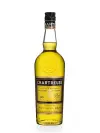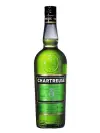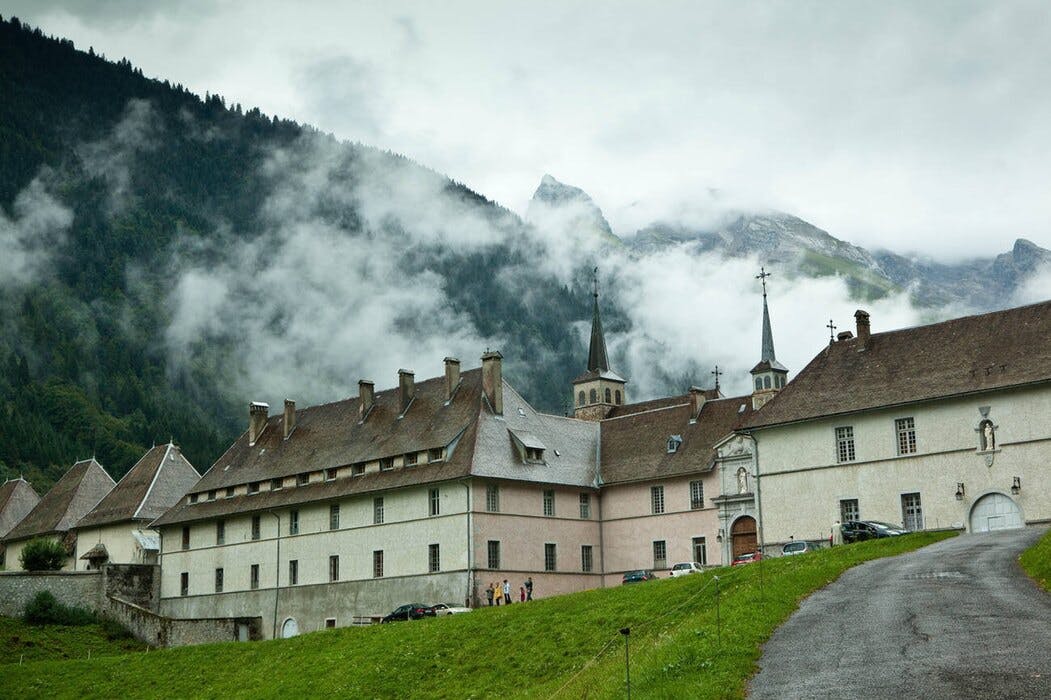
Chartreuse is one of the most iconic liqueurs in the French spirits heritage. Produced for centuries by the Carthusian monks, its recipe remains a closely guarded secret, passed down from generation to generation.
The origins of La Chartreuse: an alchemical legacy
The story begins in 1605, when the monks of the Chartreuse de Vauvert in Paris receive a mysterious manuscript containing a detailed list of plants and the formula for a herbal elixir with medicinal properties. Of uncertain origin, the text is believed to have been written by an apothecary or an alchemist in search of a universal remedy.
For over a century, the Carthusian monks studied and refined this complex formula, which required no fewer than 130 plants and spices. In 1737, the final recipe was established at the Grande Chartreuse monastery in Isère: the Élixir Végétal de la Grande Chartreuse (69% ABV) quickly gained popularity as a trusted remedy.
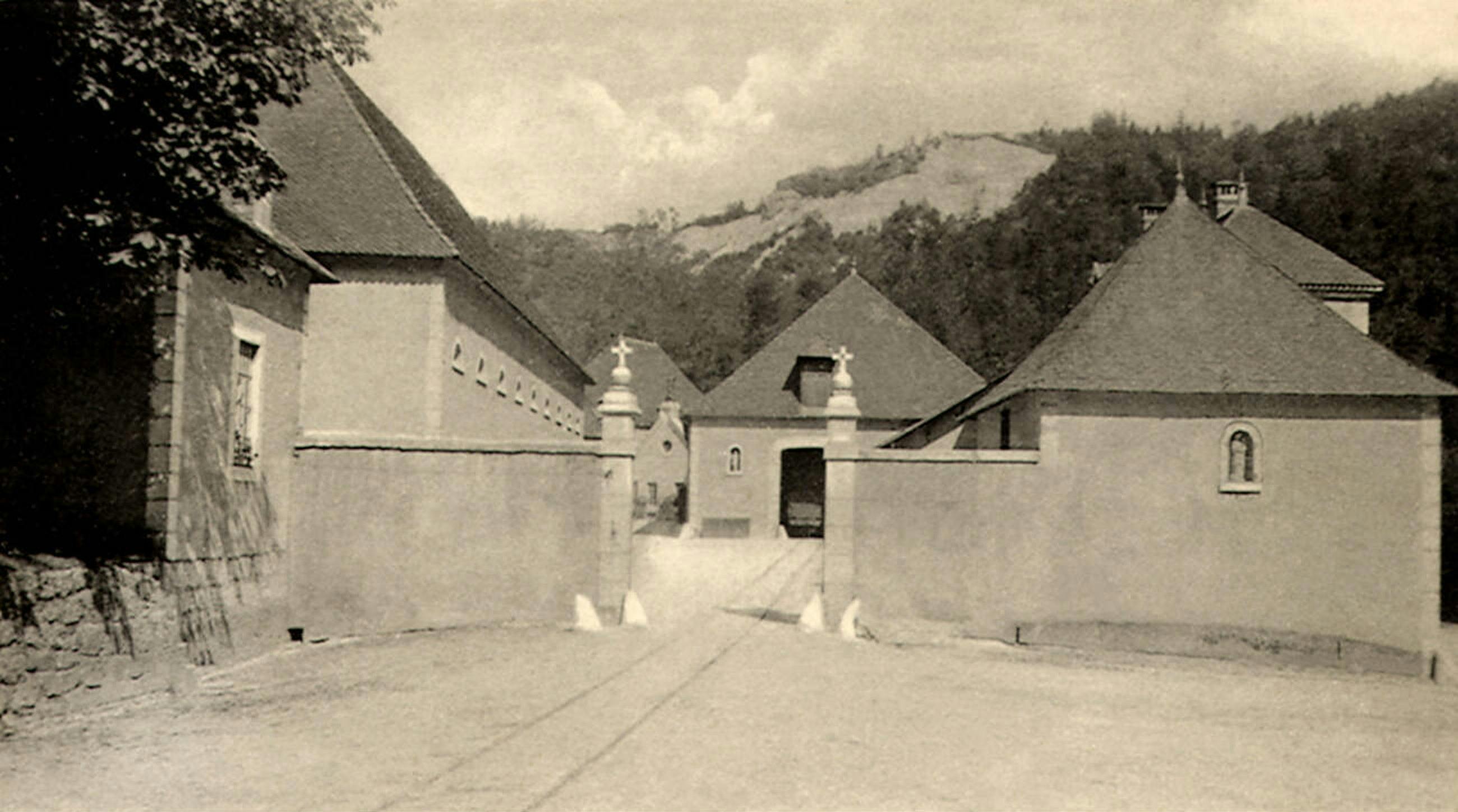
From medicinal elixir to spirituous liqueur
Following its success, the monks adapted their recipe into a version better suited for tasting. In 1764, they introduced Green Chartreuse (55% ABV), a milder expression with a rich aromatic profile marked by herbal notes that quickly appealed to a broader audience.
A few decades later, a new variant was born: Yellow Chartreuse, smoother (40% ABV) and more floral, was created to complete the range of Chartreuse liqueurs.
La Chartreuse and history
The 19th century marked a turbulent period. In 1793, during the French Revolution, the Carthusian Order was dissolved and the monks were expelled from their monastery. Production was halted, but Dom Basile Nantas managed to save the recipe by entrusting it to friends. In 1816, the monks regained their monastery and resumed production.
In 1903, the French government once again expelled the Carthusians and nationalized the distillery. Forced into exile, they relocated to Tarragona, Spain, where they continued production under the name “Liqueur fabriquée à Tarragone par les Pères Chartreux”. Meanwhile, French production, taken over by industrialists, failed to match the quality of the monks’ liqueur. In 1929, the Carthusian monks regained control of their Voiron distillery, officially ending the Spanish production in 1989.
A well-kept recipe
Even today, only two monks know the exact recipe and production process. This secrecy ensures the authenticity of this exceptional liqueur.
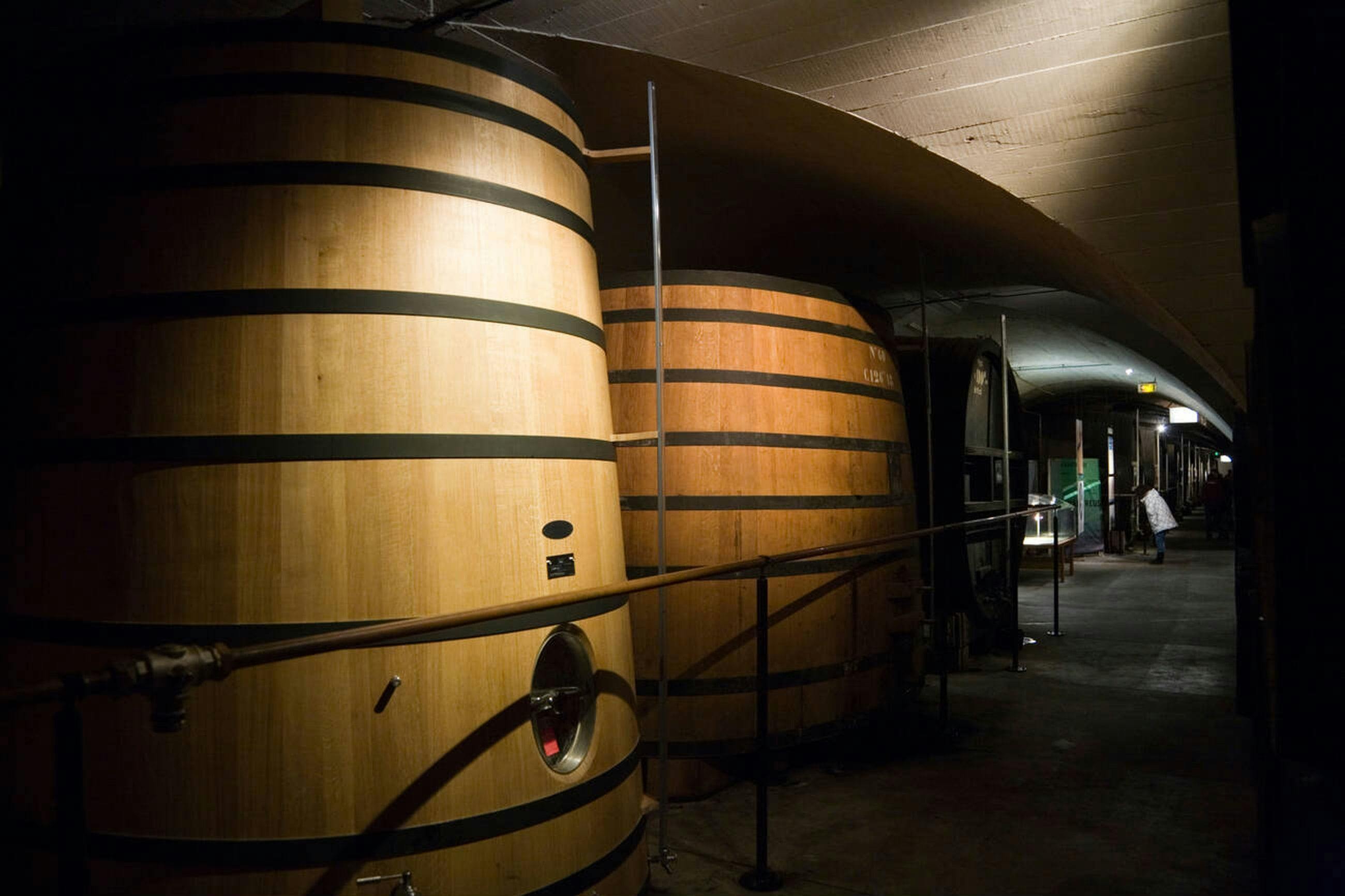
The production of Chartreuse relies on several key steps:
Plant maceration: 130 plants, flowers, and spices are infused in a neutral alcohol to extract their aromas and active components.
Distillation: to concentrate the aromas and shape its unique character.
Aging: several years in oak casks, allowing the aromatic profile to develop and refine.
The worldwide success of Chartreuse
Long regarded as a traditional liqueur, Chartreuse is now experiencing a revival, particularly among spirits enthusiasts and mixologists. It's featured in many cocktails, including the Last Word, a Prohibition-era classic that combines Green Chartreuse, gin, maraschino, and lime juice. It also remains highly appreciated neat, served chilled.
Limited editions and aged Chartreuse bottlings generate strong interest among collectors: rare bottles—such as those produced in Tarragona or special cuvées—can fetch impressive prices on the auction market.
A heritage preserved by the monks
Despite its commercial success, Chartreuse remains above all a monastic product. The profits from its sales are used to support the Carthusian Order and to fund charitable initiatives.
The monks continue to live by their strict rule—in silence and prayer, at the Grande Chartreuse monastery. They produce only a limited volume each year, refusing to scale up production in order to preserve the quality and authenticity of their liqueur.
TO DISCOVER THE CHARTREUSE FURTHER
La Maison du Whisky has three boutiques in Paris :
In each of these boutiques, you'll find a wide selection of whiskies, rums, sakes, and other fine spirits.
Follow our tasting calendar for upcoming events, or visit the Golden Promise Whisky Bar, which offers an extensive selection of whiskies and other spirits by the glass.
You can also discover other articles on other spirits.
